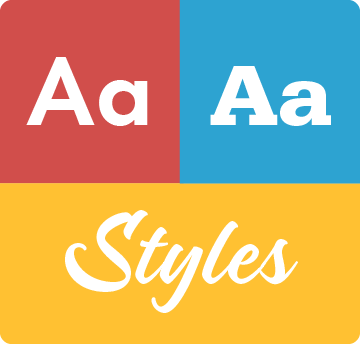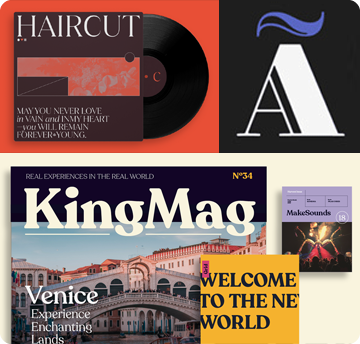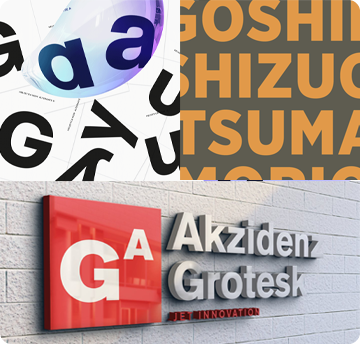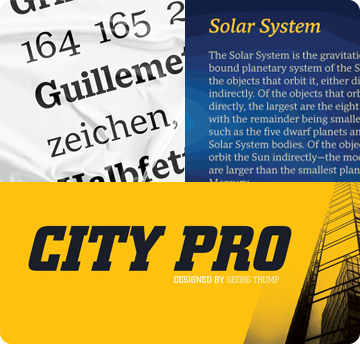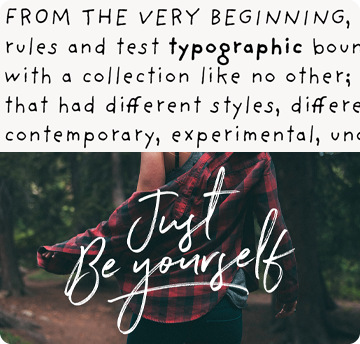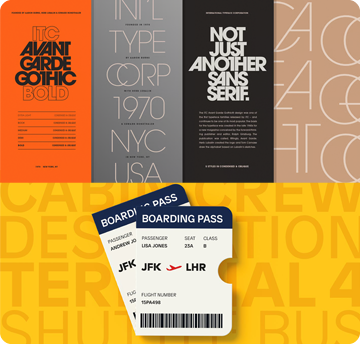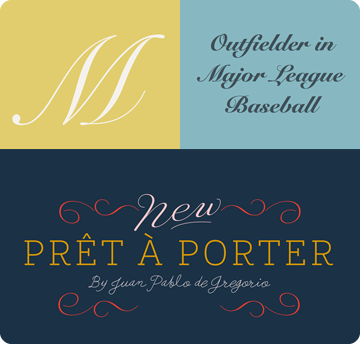Pour les utilisations les plus courantes, à la fois personnelles et professionnelles, pour une utilisation dans les applications de desktop avec un menu de font.
Par exemple :
- Installer la fonte sur votre système Mac OS X ou Windows
- Installez le fichier de police dans des applications de bureau telles que Microsoft Word, Mac Pages, Adobe InDesign, Adobe Photoshop, etc.
- Créer et imprimer des documents, ainsi que des images statiques (.jpeg, .tiff, .png)
Les licences de Desktop sont basées sur le nombre d'utilisateurs des fonts. Vous pouvez modifier le nombre d'utilisateurs en cliquant sur l'option de quantité déroulante sur les pages Choix d'achat ou Panier.
Veillez à prendre connaissance de l'accord de licence de la fonderie de référencement accord de licence Desktop, car certaines restrictions peuvent s'appliquer, telles que l'utilisation de logos/marques, les restrictions géographique (nombre de sites) et les produits qui seront vendus.



